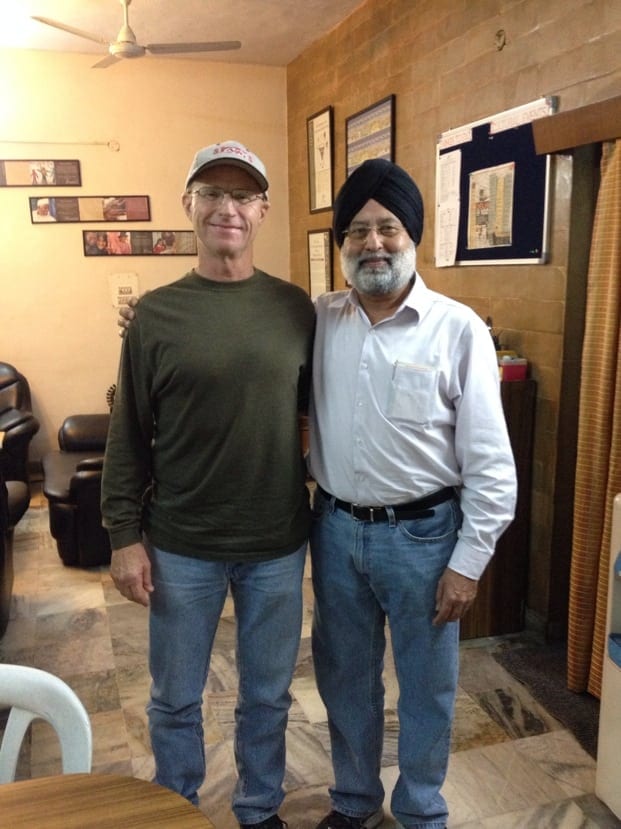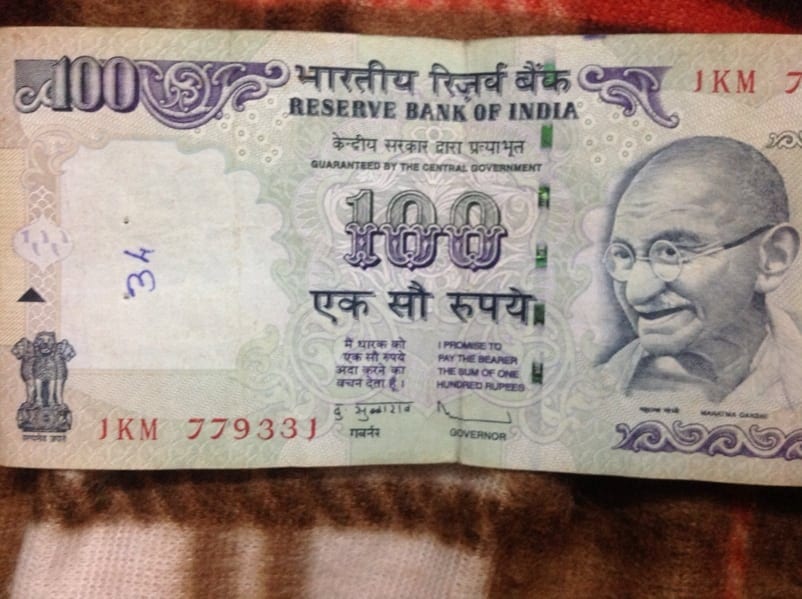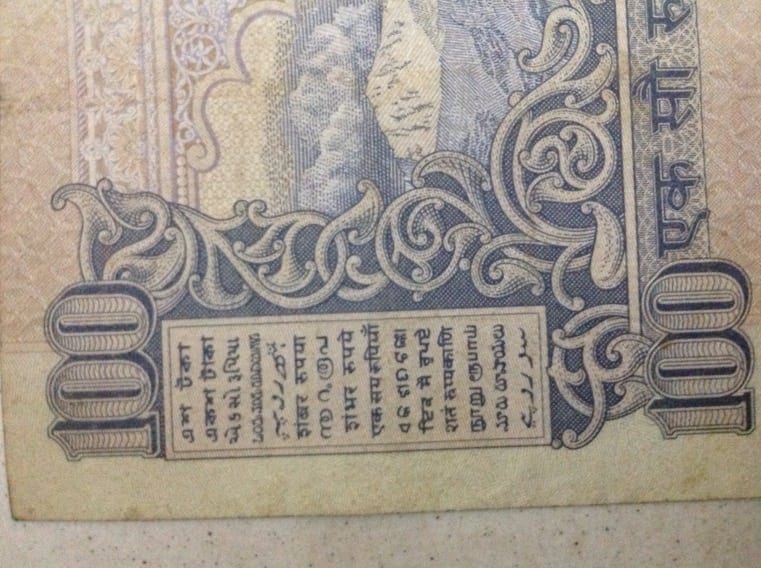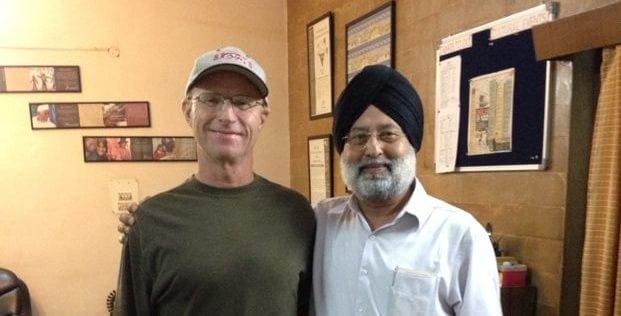We have guest speakers most of this week. I will take notes and share what I learn about India with you. We are really loving our time in India. The people here are warm and welcoming. The food is fantastic. The culture is old, which satisfies the history buff in me. We are having a great time.

Dr. Singh and Jim
Dr. Manoran Jan Singh, Bella’s husband (the woman who runs Cross Cultural Solutions India), is a founding member of Cross Cultural Solutions India, and a psychologist with a focus in the field of emotional and behavior problems. At the time Dr. Singh works in New Jersey, USA, with Catholic Charities helping children within that system. The views below, unless otherwise stated are those of Dr. Singh.
Education System in India
One of the challenges faced by the Indian education system is the diversity. It is similar to how our bilingual population in the US sometimes feels, only it is compounded by the sheer number of languages spoken in India. Language gives people a feeling of identity. (I can identify with this. I will never forget the time we were at the top of the Eiffel Tower, and Sean spoke to me in English with his American accent, and a woman turned to me and also spoke English with an American accent. She said, “Oh you speak like we do. I haven’t heard that in a week.” She just wanted to talk to us for a little while. She said it helped with her homesickness. This was even though we had never met before or since and might not have had anything else in common besides language and a place of origin.)
In India there are 16 to 17 different lettering systems and different scripts. Each region has its own language and style of writing letters.
Here is a link to a site that compares the most common Indian language alphabets. It is really interesting. http://www.ukindia.com/zalph.htm


This is a photo of the Indian Rupee. Each line of text is a different language and lettering system stating the value of the currency. On the other side, the currency value is given in English and Hindu.
The Indian school system has to deal with this at the same time it must be sensitive to its different population groups. Here is what they do. Either Hindi or English must be your 2nd language, a student’s first language can be that of their state. So for a child living in Punjab Province, their first language is Punjabi and their second language will be either English or Hindi. But in 9th grade, all books are in English.
A side note that I learned last night, the largest ethnic Indian group in the United States is Gujarati.
Religion
Christianity was in India in 50 A.D. India has the 2nd largest Muslim population in the world after Indonesia. Buddhism started in India. India is also the birthplace of Jainism, Sikhism, and Hinduism. India is a secular country with many religions living in harmony.
India and Change
I learned a new term tonight (you know I love it when that happens!), cultural baggage.
India has had its civilization for more than 5,000 years. Countries that have been in existence for a long time have cultural baggage. The United States is a new country, as it is today at least, because we have marginalized the Native American population (this is my input here not Dr. Singh’s). Because of our lack of cultural baggage, the US can switch and make changes more facily than a country like India.
The people of India are divided by class, religion, and caste. The word caste is pronounced like cast.
How the caste system came into existence.
5,000 to 4,000 years ago the there was a philosopher names Manu. Manu thought the best functioning and most cohesive societies were divided into groups based on skill level. He believed these groups should be fluid, so that ability and not birth determines a person’s place within the caste system. He divided people into four groups. He called his system, “Each to his own ability.”
1. The Brahmans: The Brahmans were the pundits, the religious men, and the scholars.
2. The Kshatriya: The Kshatriya are the warriors, the protectors. This is the group the king usually comes from, although he can come from the Brahmans.
3. The Vaishyas: The Vaishyas are the workers. They are the farmers, shopkeepers, engineers, etc
4. The Shudras: For these three classes to be able to do their work there needs to be a class to do the menial jobs. These are the people without the ability to work within the other 3 castes. The Shudras are this group that are the servants to the other groups. This is the group that became the Untouchables.
The problem with this system is that fathers expect their sons to follow in their own footsteps. Manu didn’t think about inheritance. He wanted it to be fluid as to capability, but instead family groups became compartmentalized. He overlooked the political and peoples’s will to educate and give opportunities to the lower classes. The caste system led to prejudice. A person’s last name tells what caste they are in.
Poor people were less healthy and more poorly educated because of their circumstances. It is similar to what has happened to the Native Americans and African Americans in the US. These groups have fewer resources, are less healthy, have worse clothes, and less education than people in the higher castes. Gandhi was instrumental in getting rid of the caste system, at least in big cities. It still exists today in rural areas. Between 1847 and 1949 the Indian government had to make laws establishing quotas to give jobs to the Shudras in the fields of education, medicine, and government work. This has led to tensions, similar to those we have around Affirmative Action.
Another problem is that the Brahmans usurped religion and power from the king by making religious practices more and more complicated as a type of job security. This makes it harder to get into that level and makes the entire system less fluid.
Check out yesterdays blog here.

